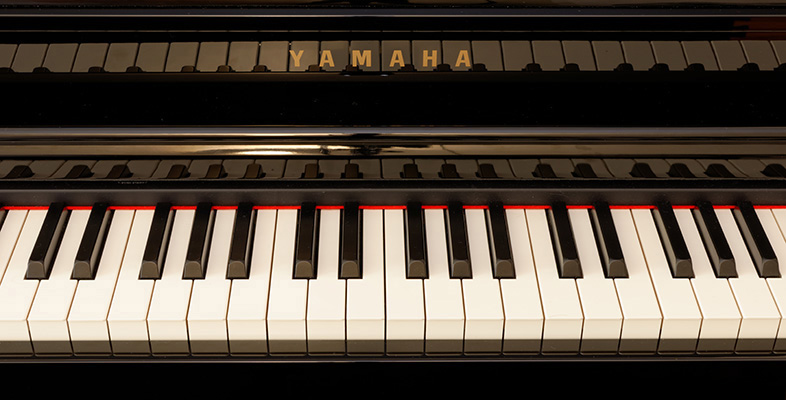2.3 Exploring ballads
The Bodleian library has a collection of over 30,000 ballads, and these have been gathered together into a single catalogue that, crucially, provides a digital image for each item. This allows researchers to compare multiple copies of the same ballad, or to consult the illustrations (which have themselves been catalogued using the ICONCLASS classification scheme). Sometimes a score is provided, and the catalogue provides an accompanying MIDI file. This is a very basic tool to give researchers who do not read music an indication of the tune to which these ballads were sung.
Activity 6
Spend some time using the browse and search facility of the allegro catalogue [Tip: hold Ctrl and click a link to open it in a new tab. (Hide tip)] . For whom is this kind of catalogue intended? Note in particular the variety of indexes that can be browsed and the distinction made between browsing an index and searching. How useful or intuitive do you find the browse or search functionality? Make sure you look at some records to see the digital copies of the manuscripts.
Then try to use the search function to locate a song sung by Mrs Abingdon in a production of Twelfth Night.
Discussion
It seems pretty clear that this catalogue is intended primarily for researchers, and its interface is not all that easy to use. In particular, the search functionality requires specific practice to master, since it asks users to select appropriate indexes to search. How did you get on locating the song? If you simply searched for ‘Twelfth Night’ in the index devoted to ‘Titles, first lines, tunes’ or the index called ‘Title, first line, tune keywords’ you would not have found the song. If you searched for ‘Abingdon’ in ‘Authors, performers, venues’ you would not have found it either! It seems this performer is listed in the index as Frances Abington (1737–1815). The only way, it seems, to find this particular song in the search facility is to search for ‘twelfth’ AND ‘night’ as two separate search terms in ‘2 Title, first line, tune keywords’. You will also have had to use all lower-case letters to get any results at all (something that is only mentioned in the help guidance on using the database, accessible from the menu on the left of the screen). The last entry in the list it produces is the document you are looking for: ‘a new song, sung by Mrs Abingdon [Frances Abington], in Twelfth Night’ with the first line ‘How imperfect is expression’. When you look at the image, you will see that her name is spelled ‘Abingdon’.
Highlighting the difficulty of finding this one item should have given you some idea of the potential pitfalls that await you if you rely on searching databases without understanding how the search functionality operates. A casual look for ballads related to or sung as part of Shakespeare’s Twelfth Night, which might be the basis for an extended piece of research, may not have revealed this item.
The catalogue is undoubtedly a powerful tool, and in bringing together documents housed in different physical locations and making them accessible to external researchers, it has clearly made researching broadside ballads far easier. What is also clear is that it requires patience and time to use properly. Moreover, any user would benefit from a period of experimentation with the resource to understand better how it operates before relying on the outputs of an initial and hastily conceived search.
